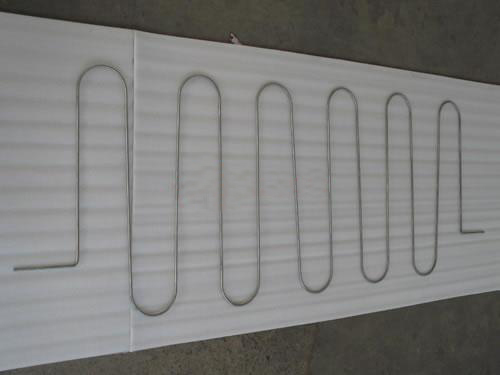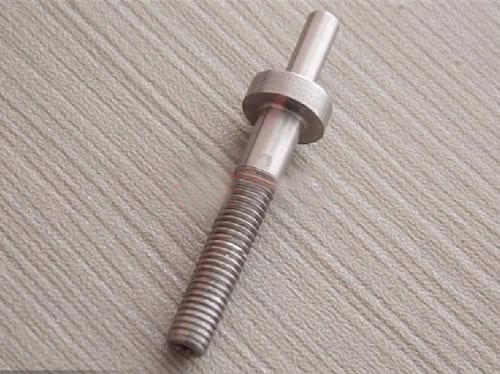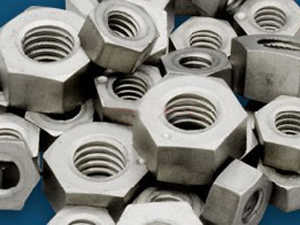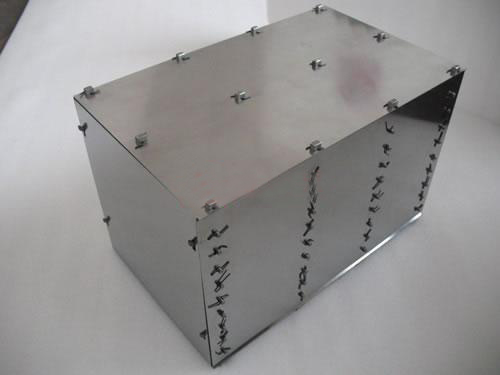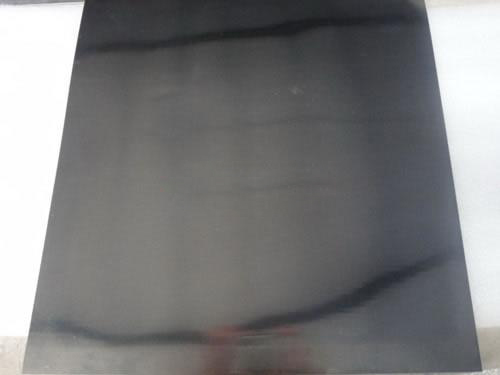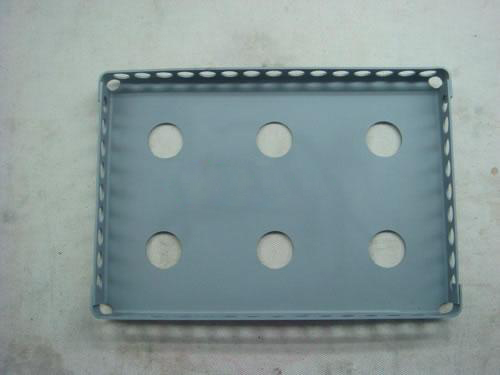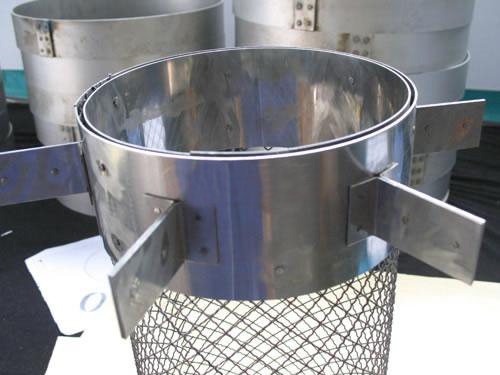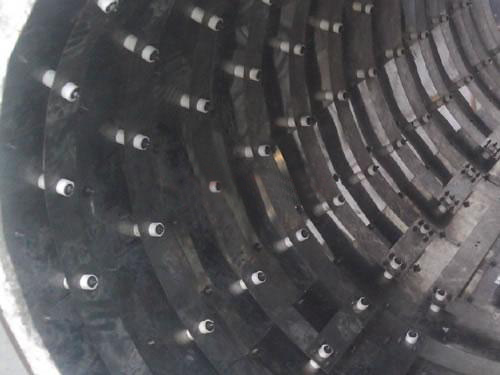High Temperature Furnace Accessories Series
Description
Characterizing high melting point, good stability, low vapor pressure in high temperature and other properties, tungsten, molybdenum, tantalum and niobium products are the most suitable materials for thermal processing industry covering high temperature furnace or vacuum furnace (like high temperature sintering furnace, annealing furnace, high temperature quenching furnace for qualified steel and normalizing furnace), etc.
Landytop owns a highly-qualified technical team which has solid theoretical guidance and extremely rich experience in designing and manufacturing high temperature furnace parts, able to provide tungsten, molybdenum, tantalum and niobium products such as tungsten crucibles, moly boats or carriers, molybdenum sheets, molybdenum boxes, vacuum internal furnaces, furnace racks, hearth rails, shells and mantels, heating chambers, heat shields, reflecting screens, screws, fastener, spacers, hangers and crowns, etc.
Landytop, based on the super-quality self-made tungsten, molybdenum, tantalum and niobium materials, has devoted to the processing and manufacturing of various furnace components for years and can design and make high quality goods according to clients' requirements.
We will serve you whole-heartily. Looking forward to your call!
Established in 2008, Shanghai Landytop Industry Co.,Ltd is a professional manufacturer and supplier of tungsten crucibles, molybdenum boats, tungsten heating elements in China. Due to high melting point, great density and other features, they are often utilized in sapphire growth furnaces, high-temperature furnace, medical shielding, semiconductor field, PVD equipment, oil wire logging field and other fields.
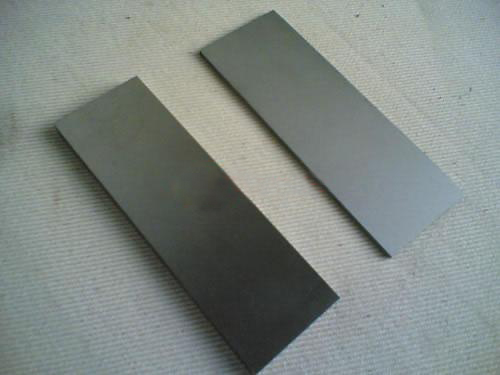
- Semiconductor Ion ImplantationIon implantation, similar to coating process, is a high technology approach for modifying surface properties of materials. But it does not involve the addition of a layer on the surface. Ion implantation is originally developed for semiconductor applications, and it uses highly energetic beams of ions ...




